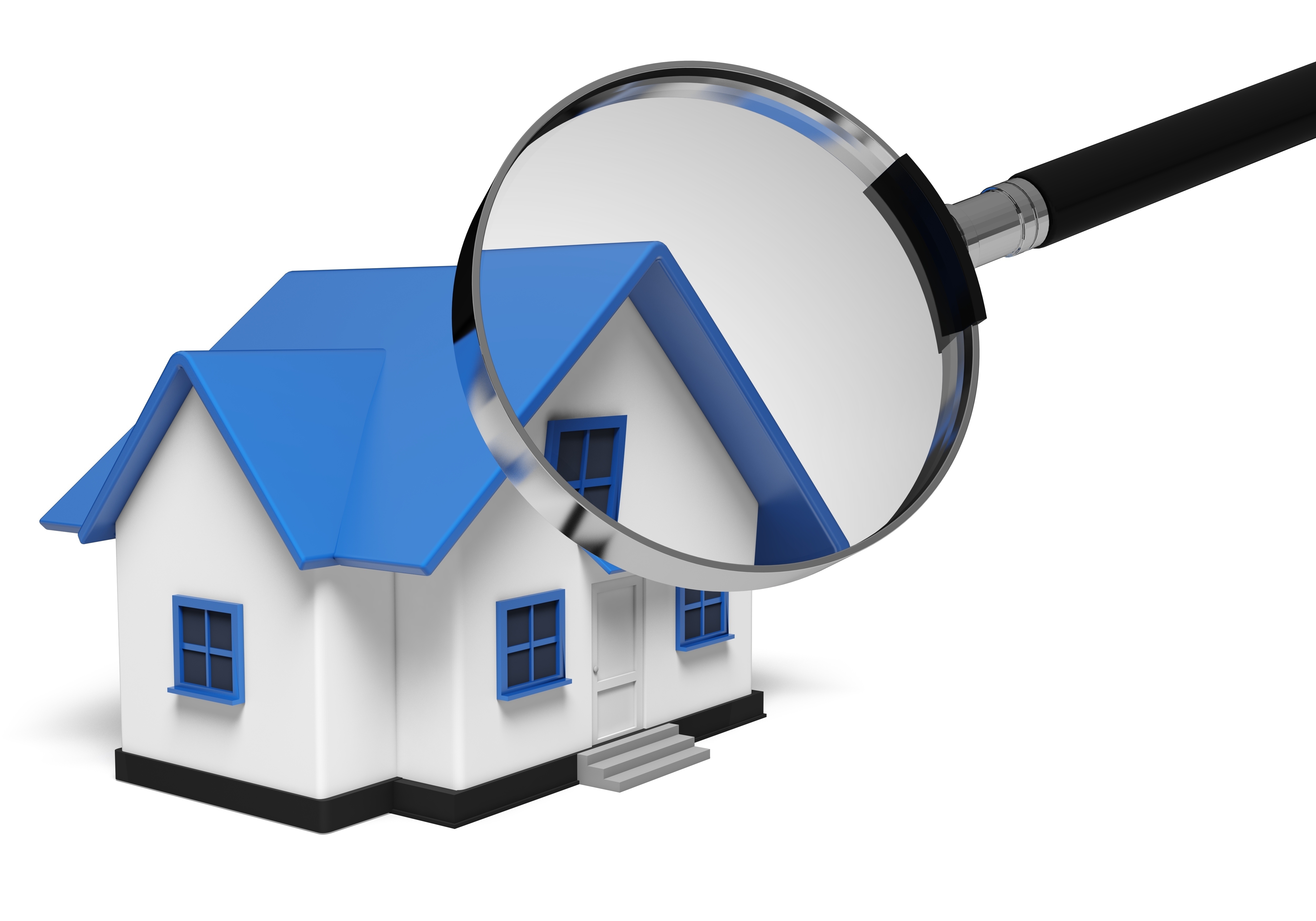
Real Property Appraisals: A PrimerAcquiring real estate is the most serious investment many might ever make. It doesn't matter if a main residence, an additional vacation property or one of many rentals, purchasing real property is an involved financial transaction that requires multiple parties to make it all happen. Most people are familiar with the parties having a role in the transaction. The real estate agent is the most known person in the exchange. Next, the bank provides the financial capital required to fund the transaction. And the title company makes sure that all requirements of the exchange are completed and that the title is clear to transfer to the buyer from the seller. So, what party makes sure the real estate is worth the purchase price? In comes the appraiser. We provide an unbiased estimate of what a buyer could expect to pay — or a seller receive — for a property, where both buyer and seller are informed parties. A licensed, certified, professional appraiser from Arrow Appraisal, Inc. will ensure, you as an interested party, are informed. The inspection is where an appraisal beginsOur first task at Arrow Appraisal, Inc. is to inspect the property to ascertain its true status. We must actually see aspects of the property, such as the number of bedrooms and bathrooms, the location, living areas, etc, to ensure they really are present and are in the shape a reasonable person would expect them to be. To make sure the stated size of the property has not been misrepresented and convey the layout of the home, the inspection often entails creating a sketch of the floorplan. Most importantly, the appraiser looks for any obvious amenities - or defects - that would affect the value of the house. Once the site has been inspected, an appraiser uses two or three approaches to determining the value of the property: sales comparison and, in the case of a rental property, an income approach. 
Replacement CostThis is where the appraiser pulls information on local building costs, labor rates and other elements to ascertain how much it would cost to construct a property similar to the one being appraised. This value commonly sets the upper limit on what a property would sell for. It's also the least used predictor of value. 
Sales ComparisonAppraisers are intimately familiar with the subdivisions in which they appraise. They thoroughly understand the value of specific features to the homeowners of that area. Then, the appraiser looks up recent sales in close proximity to the subject and finds properties which are 'comparable' to the subject at hand. Using knowledge of the value of certain items such as fireplaces, room layout, appliance upgrades, additional bathrooms or bedrooms, or quality of construction, we add or subtract from each comparable's sales price so that they are more accurately in line with the features of subject property.
In the end, the appraiser reconciles the adjusted sales prices of all the comps and then derives an opinion of what the subject could sell for. When it comes to putting a value on features of homes in Burnsville and Dakota, Arrow Appraisal, Inc. can't be beat. The sales comparison approach to value is commonly awarded the most consideration when an appraisal is for a home sale. Valuation Using the Income ApproachIn the case of income producing properties - rental houses for example - the appraiser may use an additional method of valuing a property. In this scenario, the amount of revenue the real estate yields is taken into consideration along with other rents in the area for comparable properties to derive the current value. Putting It All TogetherAnalyzing the data from all approaches, the appraiser is then ready to put down an estimated market value for the property in question. The estimate of value on the appraisal report is not necessarily what's being paid for the property even though it is likely the best indication of a property's valueThere are always mitigating factors such as seller motivation, urgency or 'bidding wars' that may adjust an offer or listing price up or down. Regardless, the appraised value is often used as a guideline for lenders who don't want to loan a buyer more money than the property is actually worth. It all comes down to this, an appraiser from Arrow Appraisal, Inc. will guarantee you get the most accurate property value, so you can make profitable real estate decisions. |